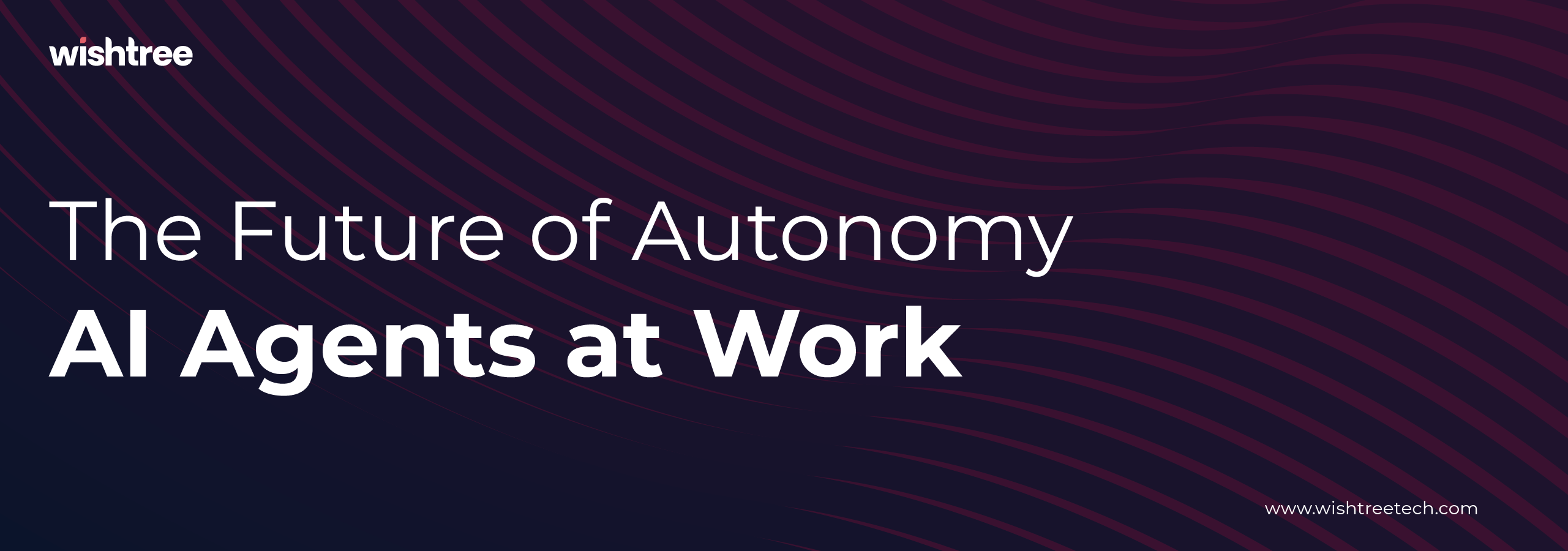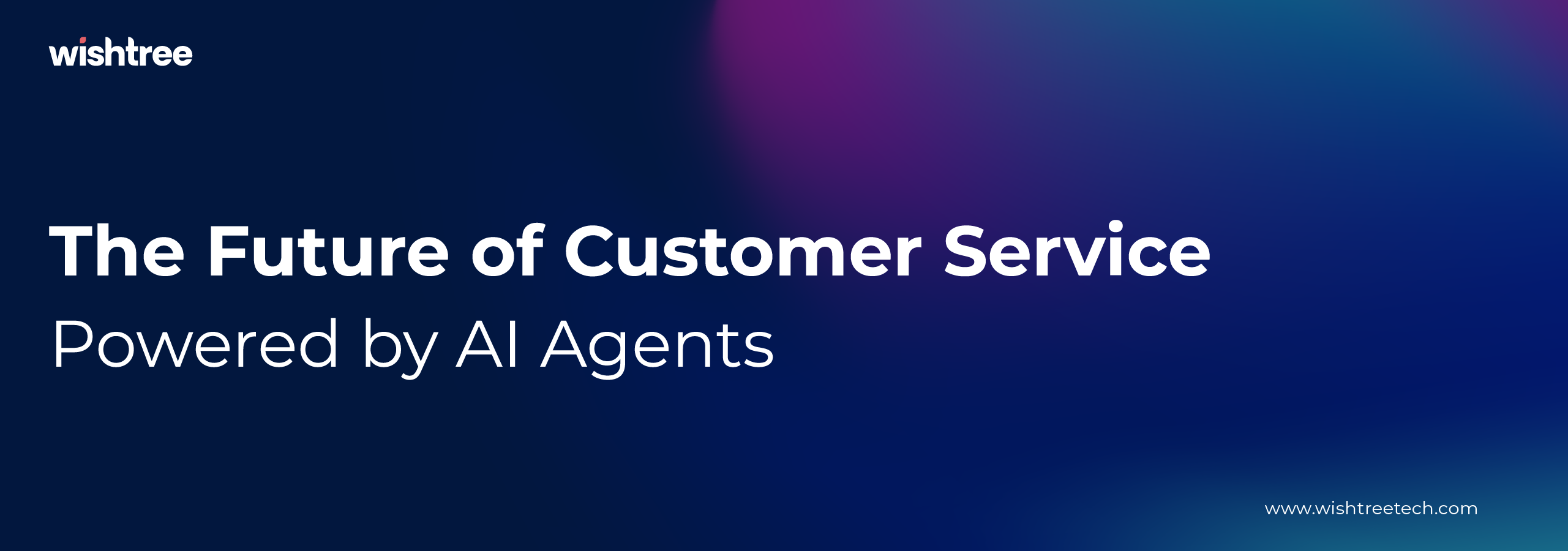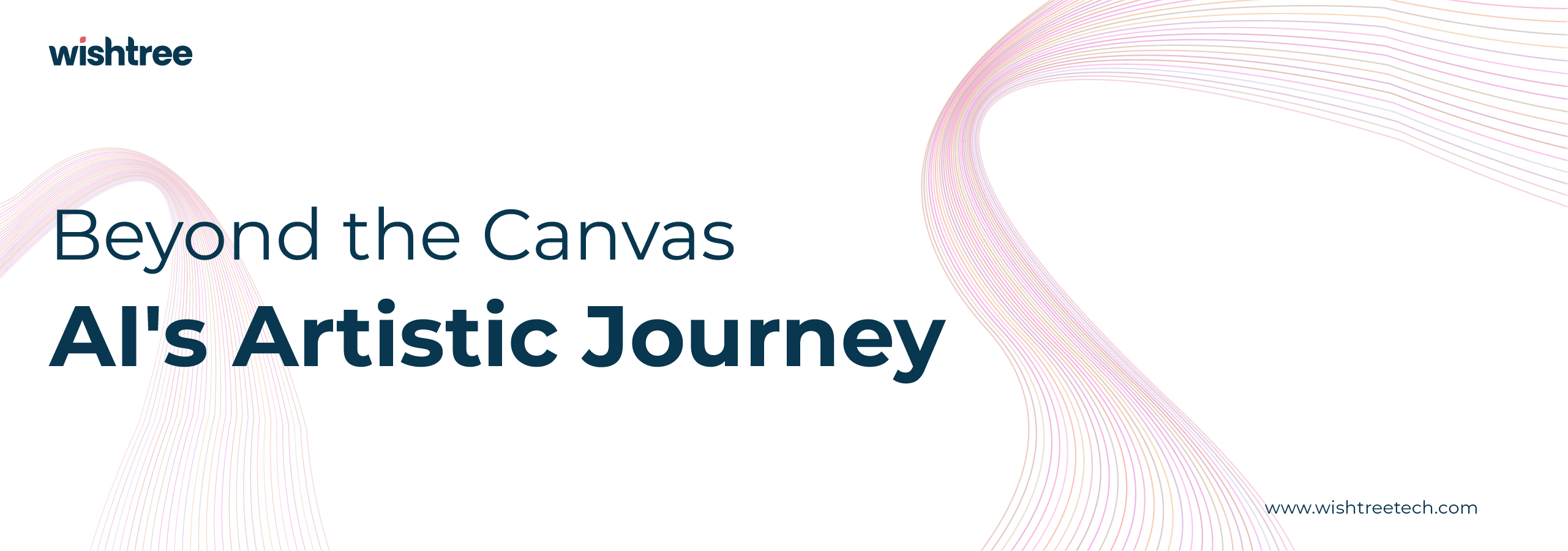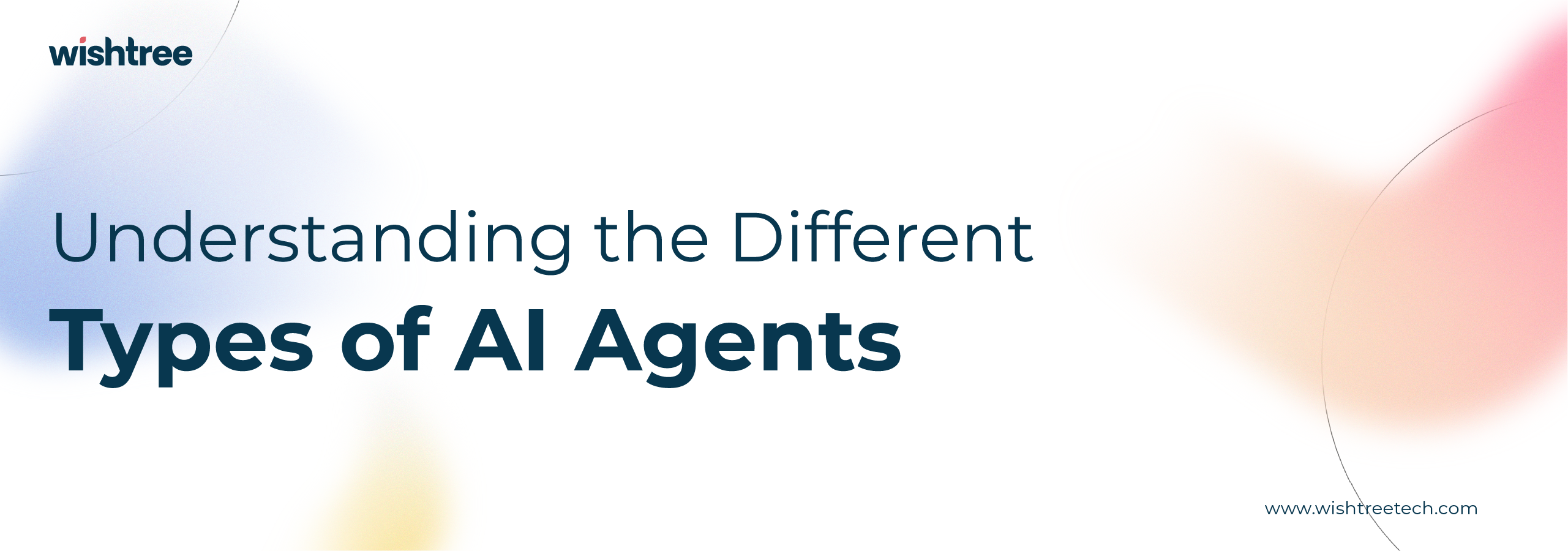Our Insights
AI Agents Demystified: The Key to Smarter Decisions and Automation
AI agents operate by following a cyclical process of perception, processing, decision-making, action, and learning. They gather information through sensors, process the data, analyze it to identify patterns, make decisions based on their goals, execute actions, and adapt over time through feedback loops. Autonomous AI agents like AutoGPT and BabyAGI exemplify how AI can independently achieve complex objectives, pushing the boundaries of automation and intelligence.
How to Enhance Customer Experience with AI Agents
Launching a software product is challenging, and there are numerous potential pitfalls that can derail even the best projects. In this article, we highlight critical areas where things can go wrong and provide insights to help you avoid these common mistakes. We cover topics like spotting trouble early in custom software projects, the importance of design and scalability, the dangers of poor testing, and the impact of scope creep and technical debt. By understanding these risks and implementing best practices, you can build software that not only meets customer expectations but also stands the test of time. This guide will equip you with the tools and knowledge to avoid these mistakes and create a digital product that users love and trust.
Beyond the Canvas: AI’s Artistic Journey
AI art is created using advanced machine learning algorithms, particularly Generative Adversarial Networks (GANs), which generate images based on patterns learned from large datasets. Artists and developers use these models to create unique visuals, often blending styles and elements that are difficult to achieve through traditional methods. Tools like DeepArt and Artbreeder allow users to experiment with AI-driven creativity, opening new avenues for digital artistry.
Guide to AI Agents: Types, Uses, and Real-World Application
AI agents are virtual assistants powered by artificial intelligence, designed to automate tasks, generate insights, and optimize performance across industries. From simple reflex agents to advanced learning and goal-based agents, these systems vary in complexity and application. Real-world examples, such as Google's Gemini and Zendesk AI, demonstrate how AI agents are transforming customer service, content creation, and business processes. At Wishtree, we help businesses select the right AI agents, develop custom solutions, and ensure ethical implementation to achieve their objectives.
Digital Product Engineering and How it Helps Your Business?
Digital product engineering is a comprehensive approach that leverages software, IT solutions, hardware, and technical components to bring valuable products to life. This tech-driven journey starts with an idea and culminates in a robust product lifecycle, encompassing design, development, testing, and ongoing support. By embracing digital product engineering, businesses can modernize legacy systems, meet evolving customer needs, and create exceptional user experiences. This powerful approach is poised for significant growth, with the global market projected to reach USD 2.64 trillion by 2032.
Navigating the complexities of digital product development
Wishtree Technologies helps you create successful digital products by focusing on MVP development, intuitive UX, the right tech stack, data-driven decisions, and iterative improvements. We partner with you to ensure your product meets user needs and scales for growth. Let’s turn your vision into reality!
AI-Powered Claims Processing: The Future of Insurance is Here
AI is transforming insurance claims processing. By automating tasks, improving accuracy, and enhancing customer experience, AI is revolutionizing the industry. Technologies like NLP, ML, and computer vision are driving this transformation.
15 Warning Signs Your Product Needs Engineering Expertise
Recognizing the signs that signal a need for digital product engineering expertise is crucial for the success of any tech enterprise. Delaying necessary interventions can lead to significant setbacks. Wishtree is your strategic partner in navigating the complexities of digital product development. Our comprehensive digital product engineering services span the entire digital product lifecycle, from conceptualization to market launch.
Make Data-Driven Decisions: Total Cost of Ownership in Enterprise
Total Cost of Ownership in enterprise is a comprehensive metric that encompasses the entire lifecycle of a product, from its inception to retirement. Let’s break down the key cost components that contribute to TCO: Initial Development Cost: The expenses incurred in building the product. Operational Cost: Ongoing expenses like software licenses, platform subscriptions, and security measures. Maintenance and Support Cost: The need for updates, upgrades, and user support. Decommissioning Cost: Expenses associated with retiring a product. Beyond these core components, hidden costs like opportunity cost, downtime, and user adoption can significantly impact Total cost of ownership in enterprise.









